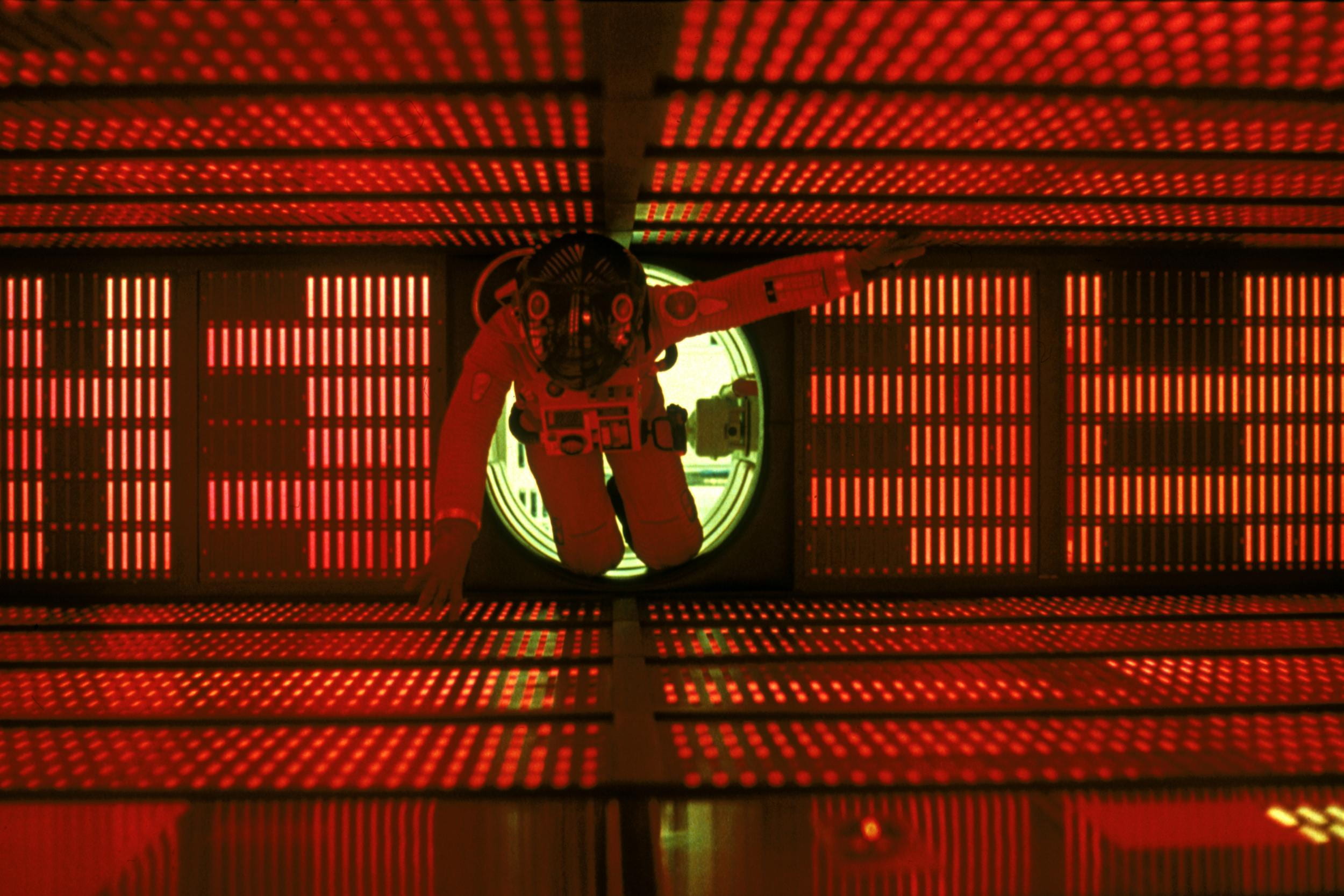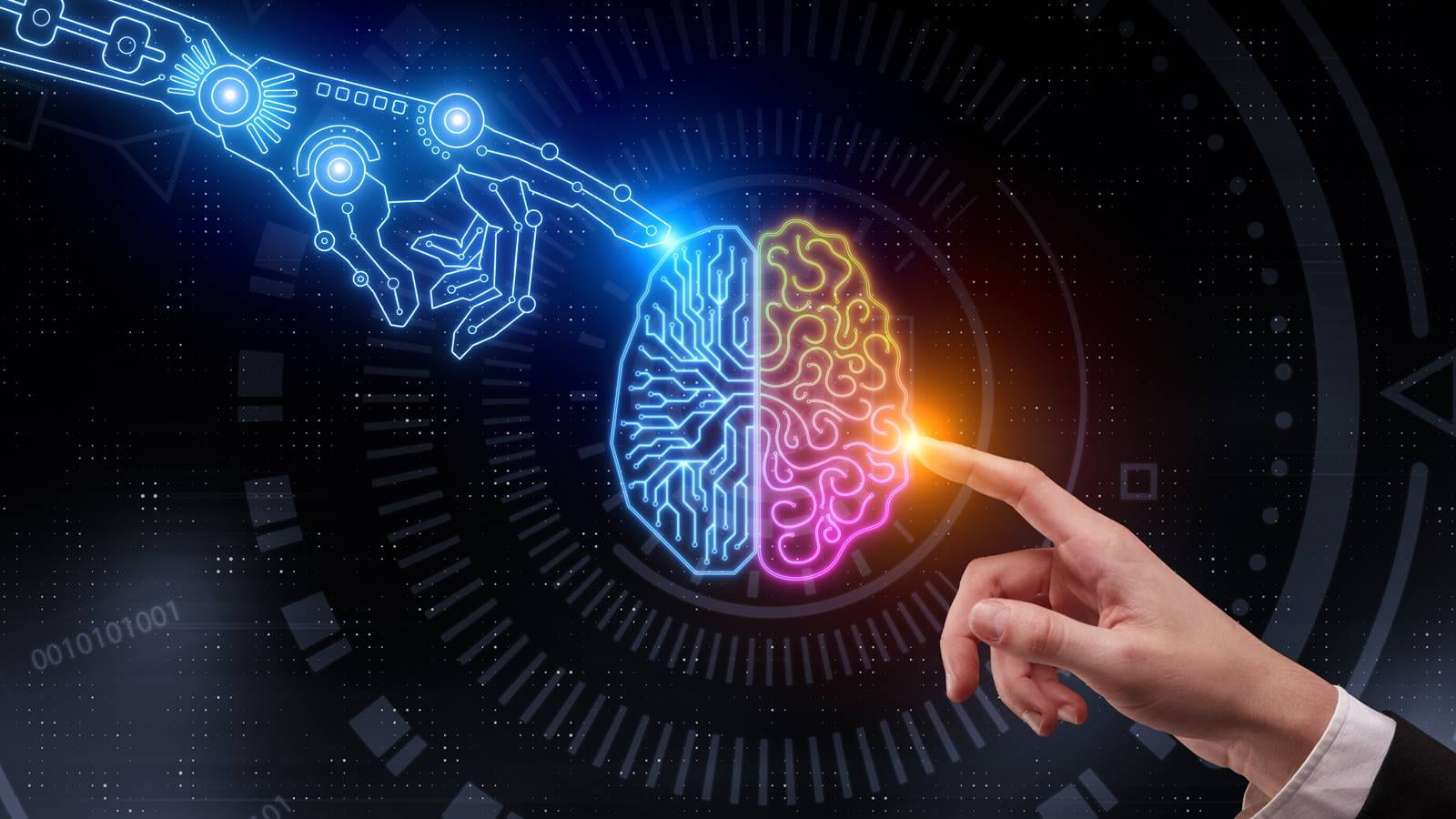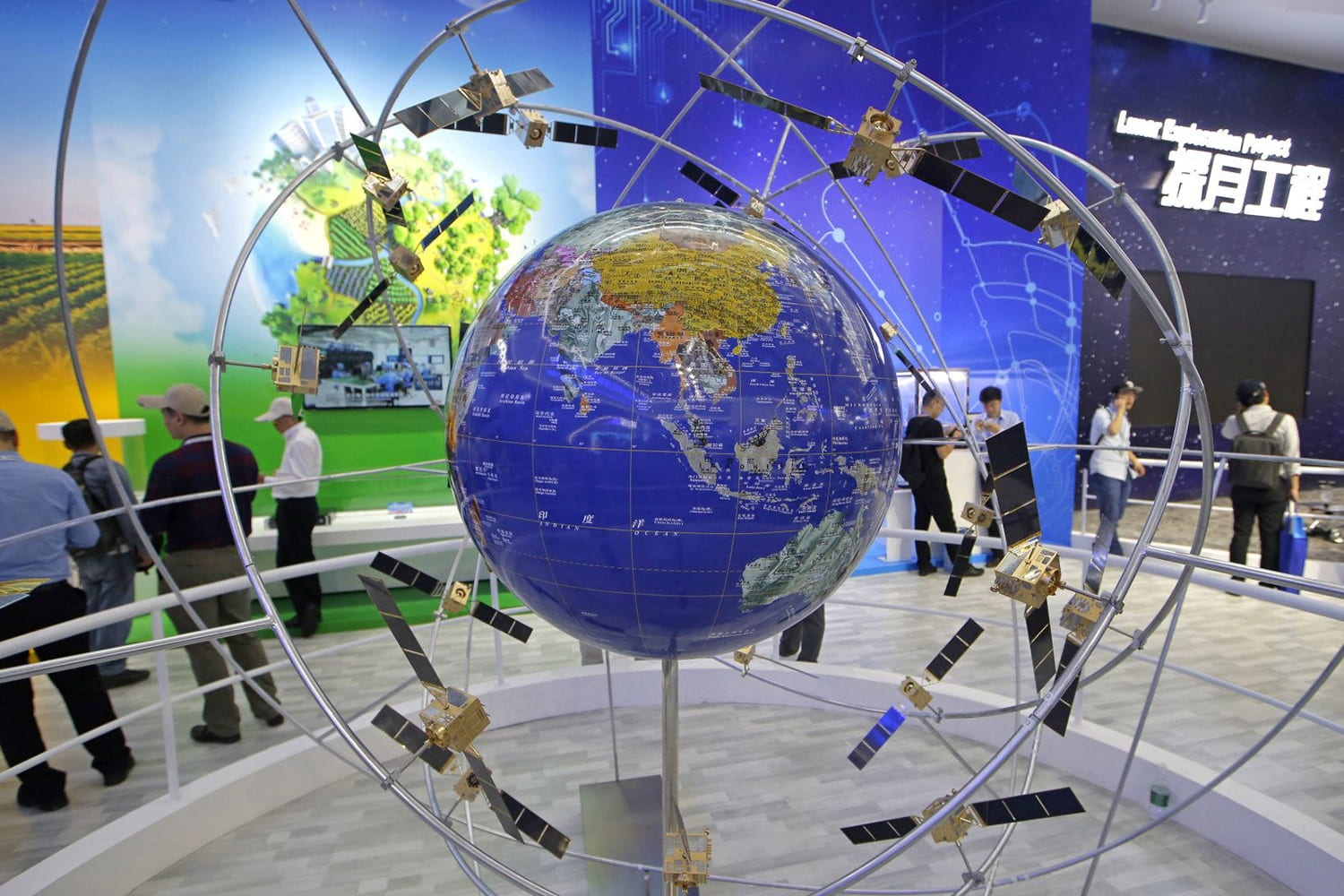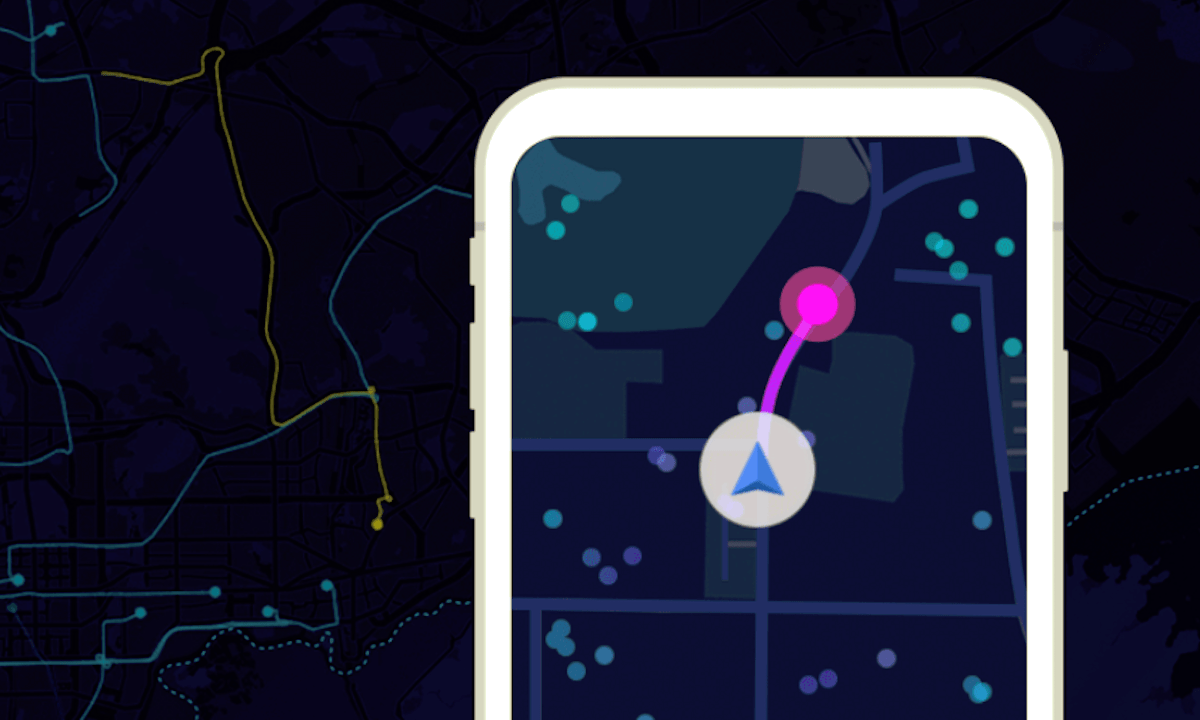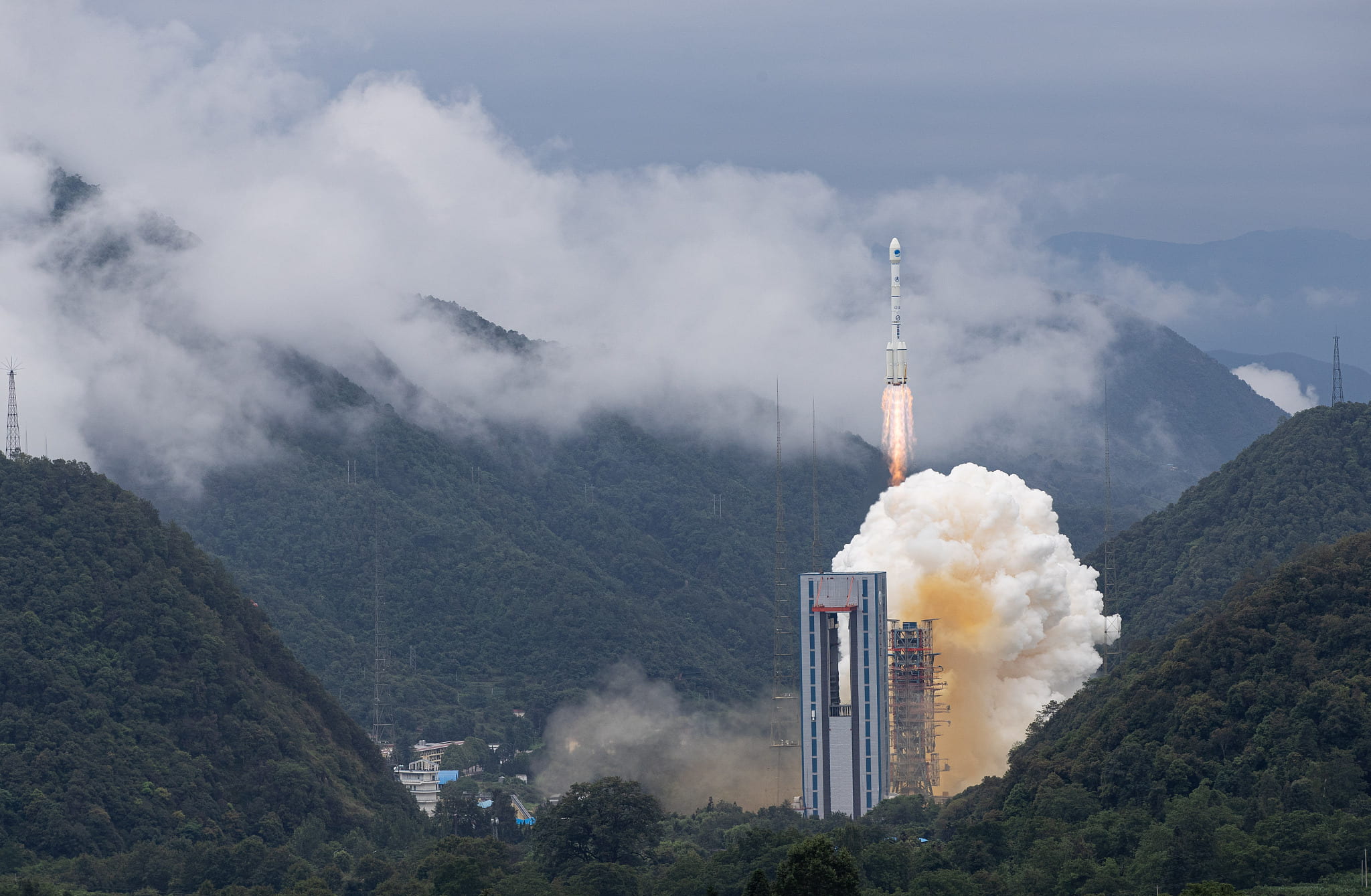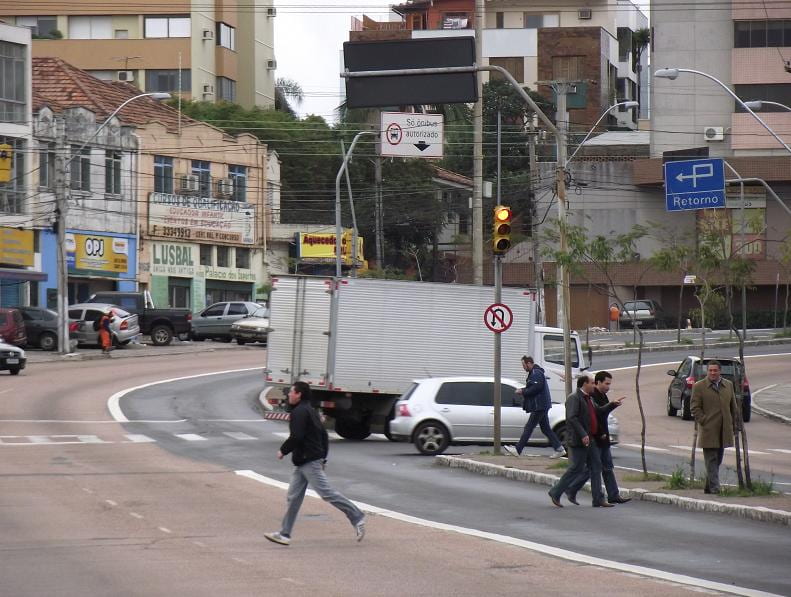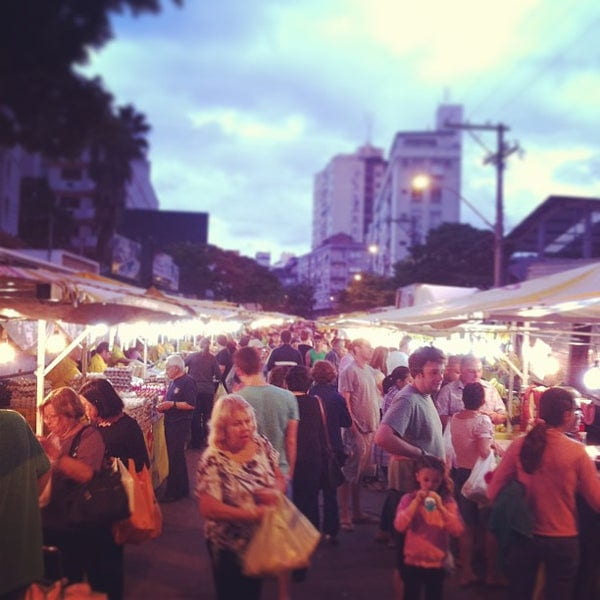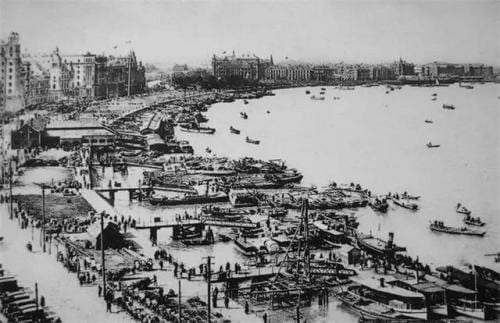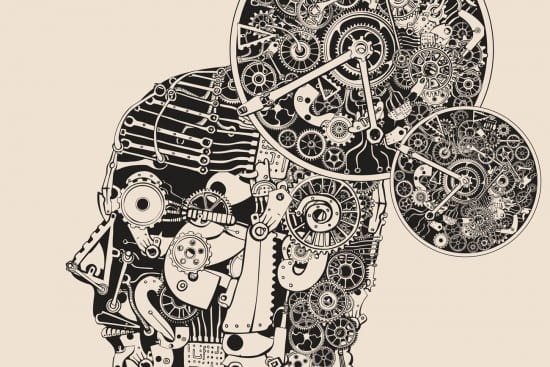
The French materialist La Metri’s book Man a Machine in the 18th century shocked the whole country with a prominent argument of public atheism. The book shows that humans, like other animals, are also machine-like physical entities. The so-called soul does not exist alone but is a product of the material body. This theory of comparing human organs with machinery expounds an early materialistic view of nature and also foreshadows the emphasis on technology and machinery in the industrial revolution that will begin to flourish in a few decades. However, now people are eager to see the blood flowing from the city, a steel behemoth. We cannot simply summarize the city as a machine, even though the development of smart cities has made everyone a screw and made the technology a leader. More, we say: Cities are sentient.
Sense is a kind of ‘feeling’, such as the five senses of a person, and the sensor is the organ that obtains this sensation. “Organ”, as a physiological structure, is connected to the animal senses.
From this transition, I saw a turn, that is, we are regaining the importance of our perception of the human mind. In Man a Machine, there is a tendency to materialize human beings, but in the sentient city, we begin to try to re-humanize technology.
The “sentiment” of the city may be an example of us returning human nature to society-or, in other words, an example of returning the physiological structure of the human body to nature. Many authors have shown that human beings automatically anthropomorphize, and we have an unconscious suspicion that we are in the presence of something alive or humanlike, which in turn stems from a strategic practice’ (Guthrie, 1995: 203). Gaia hypothesis is put forward by James Lovelock in 1972 which means the entire surface of the earth, including all life, constitutes a self-regulating whole. Then, we can tell this is the earth’s skin, that is the earth’s respiratory organs… In short, we always walk between anthropomorphization and pseudo-machine.
However, the apparent contradiction does not mean the actual opposition. On the contrary, I think that these analyses to put sensations, physiology, and machinery together as an ecological combination – especially in the construction of cities – is more obvious.
Keen cities and sentient cities
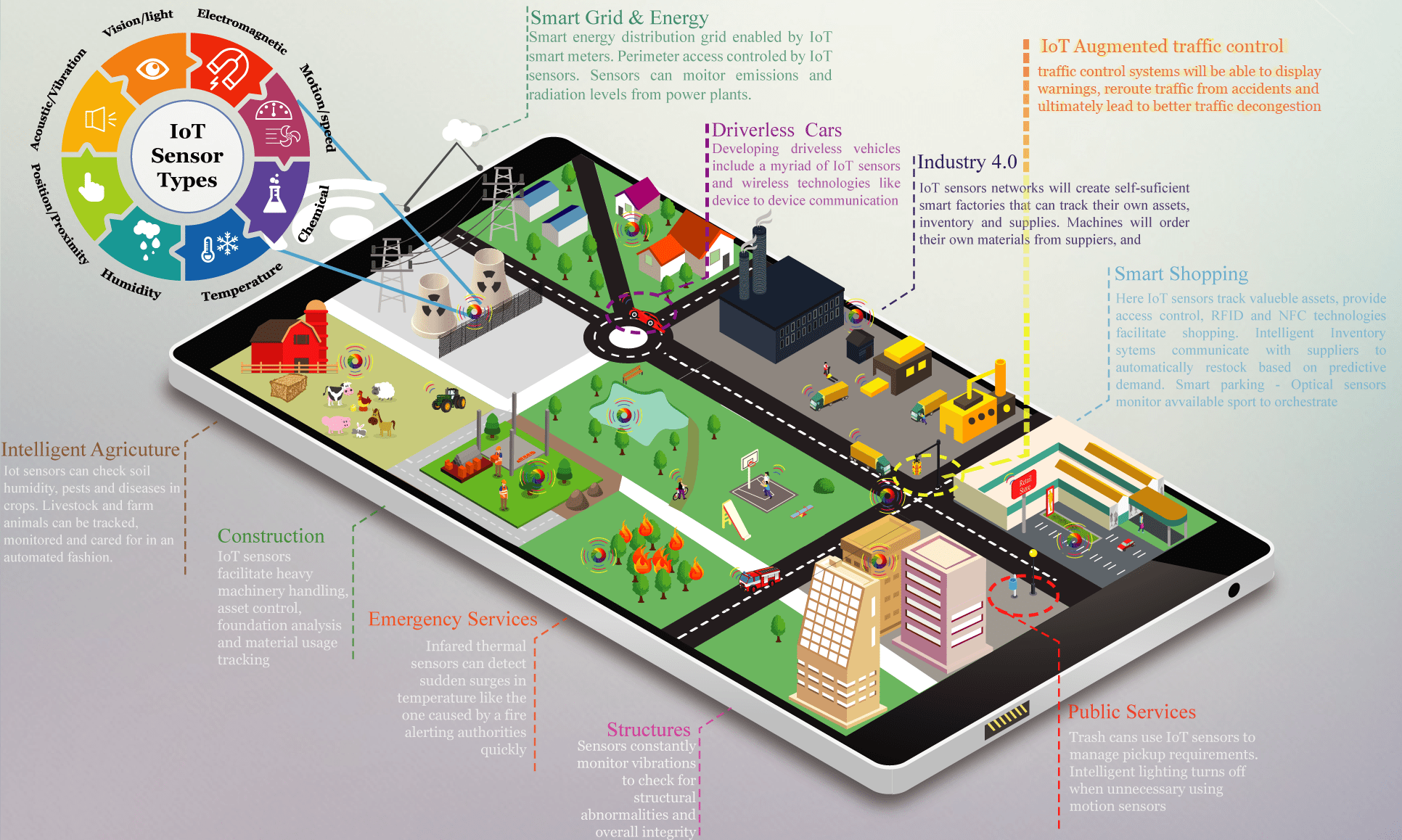
This city is more sentient than before. There are more cameras, speedometers, infrared sensing devices, decibel testers in the city. Once they are turned on, then the initiative is not in the human recorded, but in these machines. We can say that this is a kind of technological advancement. We generally say that the machine is very keen, but not sentient. Because keenness is a function, and sensitivity is a kind of psychological projection.
Mark Shepard defines the Sentient City as “one that is able to hear and feel things happening within it, yet doesn’t necessarily know anything in particular about them,” Sensation refers to the ability to feel or perceive subjectively, not necessarily including self-awareness ability.
Urban architecture and urban blood
Jennifer in Telepathically Urban describes wireless communication in the new era from telepathy(2010). But is that really wireless? To solve this puzzle, we must dig deep into the field of urban construction and public facilities construction. There are countless wires behind the wireless, some of them suspended in the air and some buried in the ground. The most reminiscent of “technological telepathy”, long-distance transmission, is only a small range of wireless plus a large range of wire. Although Jennifer used a lot of words to describe this wireless network is the same as telepathic, but I must point out the limitations of wireless networks. You must join the wireless network, and the wireless network you joined is being signaled by a base station. (Of course, Bluetooth and AirDrop do not require external equipment but they require a special technology)
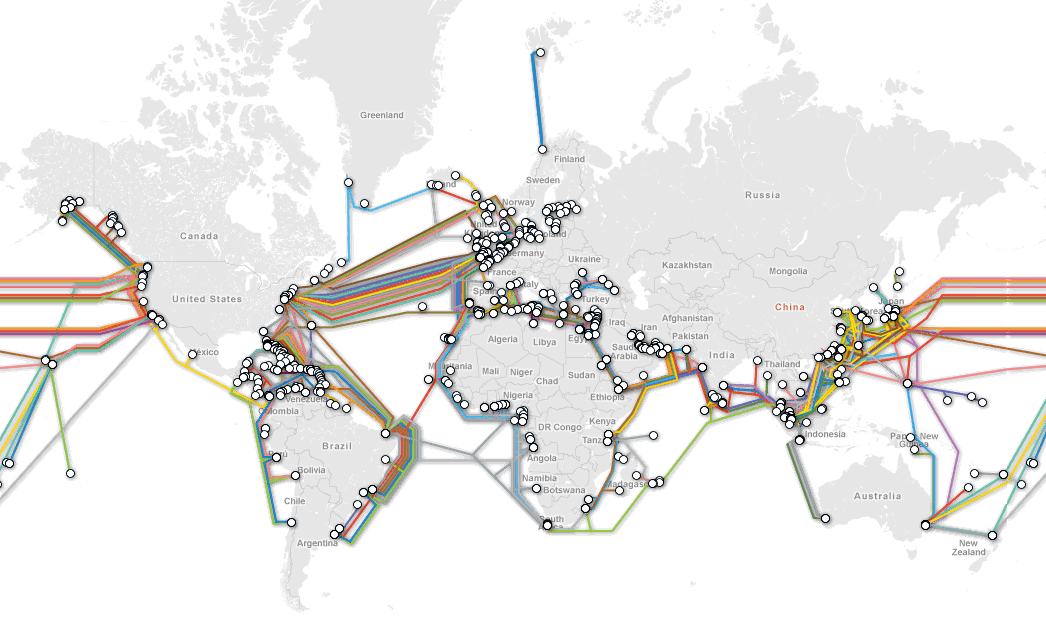
World Submarine Cable Map
How can this be called telepathy? If it is telepathy, assume that we entered a message on the mobile phone and moved to another mobile phone without a sim card or wifi. My point here is not to emphasize electromagnetic waves act as the propagation medium, but, even if electromagnetic waves are invisible, we can ignore them as the medium in telepathy, and we still cannot ignore the base stations on the road.
When we put this problem in a more sentimental city, the problem seems to be solved: what we need is a more reasonable urban planning, diversified sensors are more transparent, but they can meet human requirements-this is one kind of hidden mechanism, unless it is broken, otherwise, we will not think of it.
How to better capture these wireless signals and make them look like telepathy can be a goal of a smart city, but it is by no means blindly thinking that we are already in the stage of telepathy technology. In an age where humans can be predicted by big data like a machine, and machines are bursting with vitality, what is wrong with a telepathic city?
